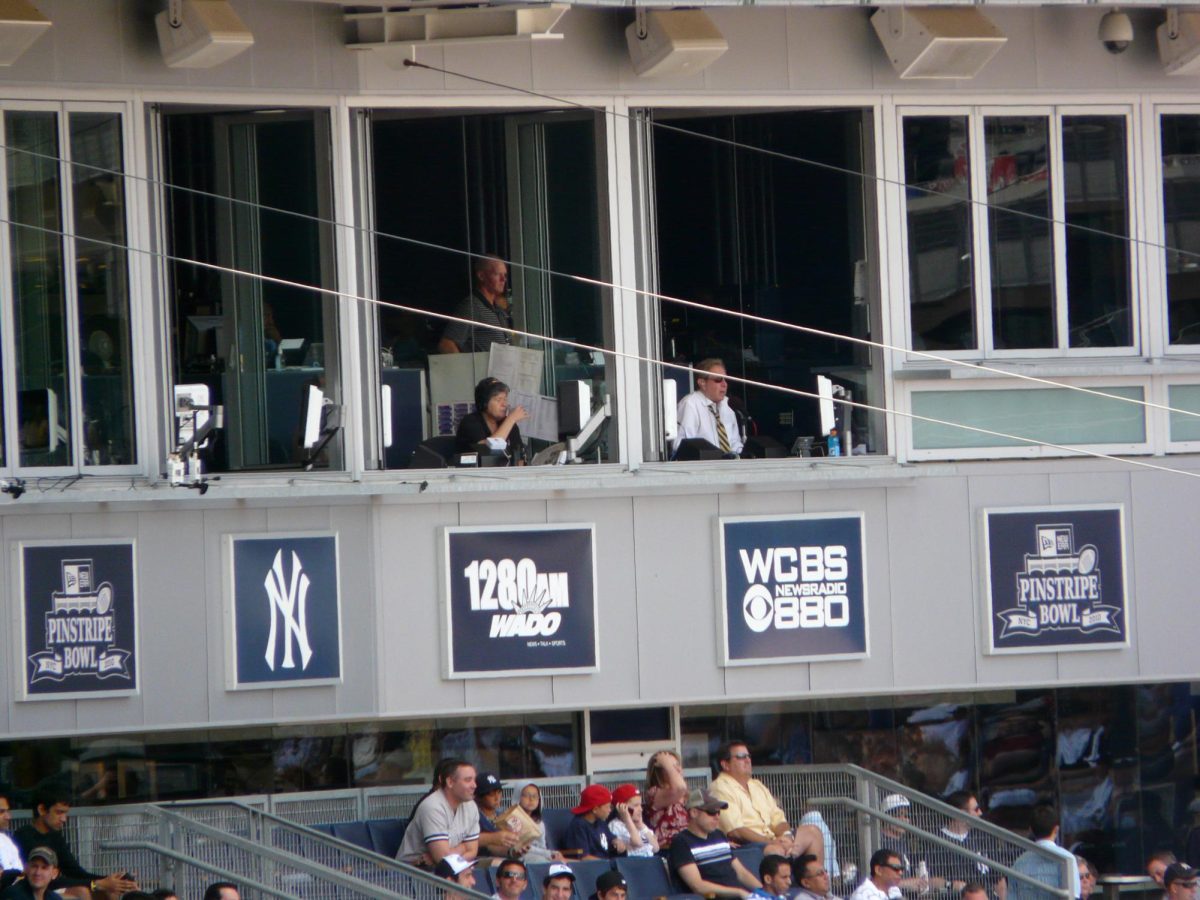The cruel irony of the incident shone through the grainy fan video as anarchy erupted in a game that should have represented everything good about globalization.
Georgetown University, with its reputation for excellence in foreign service, had sent its basketball team on a goodwill tour of China. The Chinese Basketball Association’s Bayi Rockets franchise was the pride not only of its league, but of its country: the team has historically been composed of People’s Liberation Army troops. The two elite teams squared off at the Olympic Sports Center Stadium in Beijing, aiming to show the world how the beautiful game of basketball can transcend national borders.
But instead of entertaining the basketball lovers of China and strengthening ties between the world’s superpowers, the game devolved into an ugly brawl. Representatives of China’s proud military swung chairs and fists while representatives of one of America’s most respected universities shoved back.
Thankfully, no one was seriously injured. But the inevitable first question rises from the shadow of the brawl: who is to blame? Talk show hosts, sports pundits, reporters bloggers – everyone and their mother has an opinion.
Some have cast the Hoyas as the villains in this disaster. It is a tempting solution; nations across the world share the stereotypical image of the arrogant, bullying American, convinced that he is always correct. The shaky video seems to show senior guard Jason Clark throwing the first blatant shove of the brawl, and the old third-grade mantra of “he started it!” still holds some water in assigning blame for a fight.
Some have pointed to the Chinese players, also with good reason. Forward Xu Zhonghao reportedly screamed in the face of Georgetown Head Coach John Thompson III during the game, and photos of the fracas show Rockets players and an unidentified associate kicking Clark while he was on the ground. The hosts also appear to be the first to wield chairs as weapons in the video, although both sides eventually did. While Clark may have pushed first, the Rockets clearly took the situation to the next level.
But again, twisted irony reigns supreme.
Referees are the scapegoats of all sports, blamed by players and fans for everything from lost championships to bad weather since the dawn of competitive athletics. It shouldn’t be surprising, then, that many people have blamed the referees for Thursday’s melee. Only this time, they’re right.
By calling a blatantly one-sided game (57 free throws for the Rockets; 15 for the Hoyas) and allowing overtly physical play, the referees frustrated the players to the point that a backlash wasn’t only unsurprising – it was expected. Separate accounts of the incident from attendees all agreed that the tension in the air was palpable as the fouls called against Georgetown piled up. The third quarter took an hour to play because of the stoppages. The signs conclusively pointed to an impending fight, but the referees didn’t do anything to calm the situation until it was too late.
The Washington Post’s Gene Wang was in attendance and told a similar story in a CSN Washington interview.
“To me, they held their composure for pretty much as long as anyone could be reasonably expected to do so,” Wang said of the Hoyas.
So blame Jason Clark, for landing the first blow. Blame the nearby Rockets, for rapidly exacerbating the fight. Most of all, blame the professionals who were trusted with the task of controlling the game and ensuring the safety of the players. This includes not only the referees but also the event’s security staff, for failing to break up the fight or even prevent fans from pelting the Hoyas with full water bottles as they walked away.
Now, the parties involved in the incident face a second, much more difficult task: moving on. After we have expressed anger and disappointment, assigned blame to those responsible and moved on with our lives, how do we make peace?
Both organizations should be commended for their swift reconciliation. Thompson III’s statement after the brawl was neutral, even conciliatory. Players and coaches from both teams shook hands this morning, exchanging gifts and invitations to meet again.
The Georgetown party and the Rockets organization – aided, no doubt, by Chinese authorities censoring the story – have prevented the actions of heated athletes in a poorly managed game from sparking an international crisis. But the public relations nightmare is far from over for Georgetown.
Even if the rest of the Chinese excursion goes off without a hitch, even if the Hoyas and Rockets eventually become allies in promoting the sport, even if the players’ actions were understandable, the events of August 18th will nevertheless leave a scar on Georgetown basketball’s reputation. And in a projected rebuilding year, the last thing the Hoyas need is a thuggish image to drive away recruits and sponsors.
In the end, no matter who you blame, the scar is still there. What we must hope – as basketball fans and fellow representatives of the university – is that it fades quickly.








